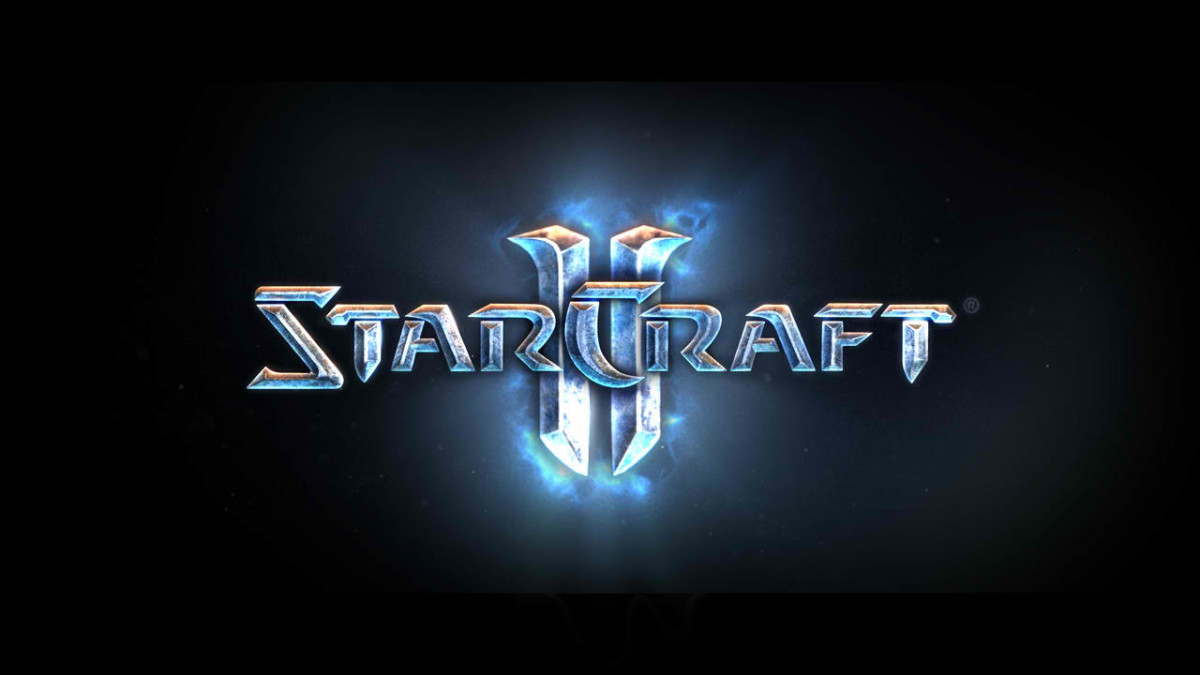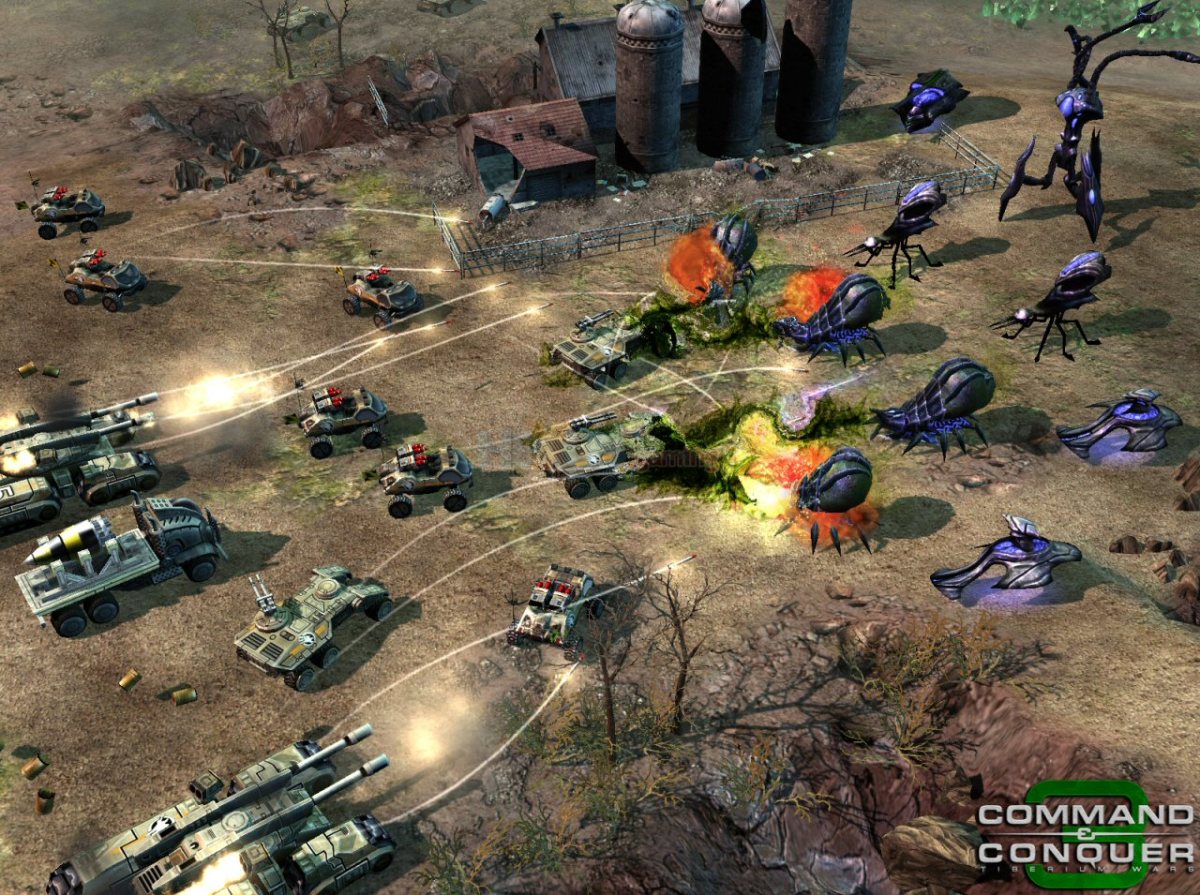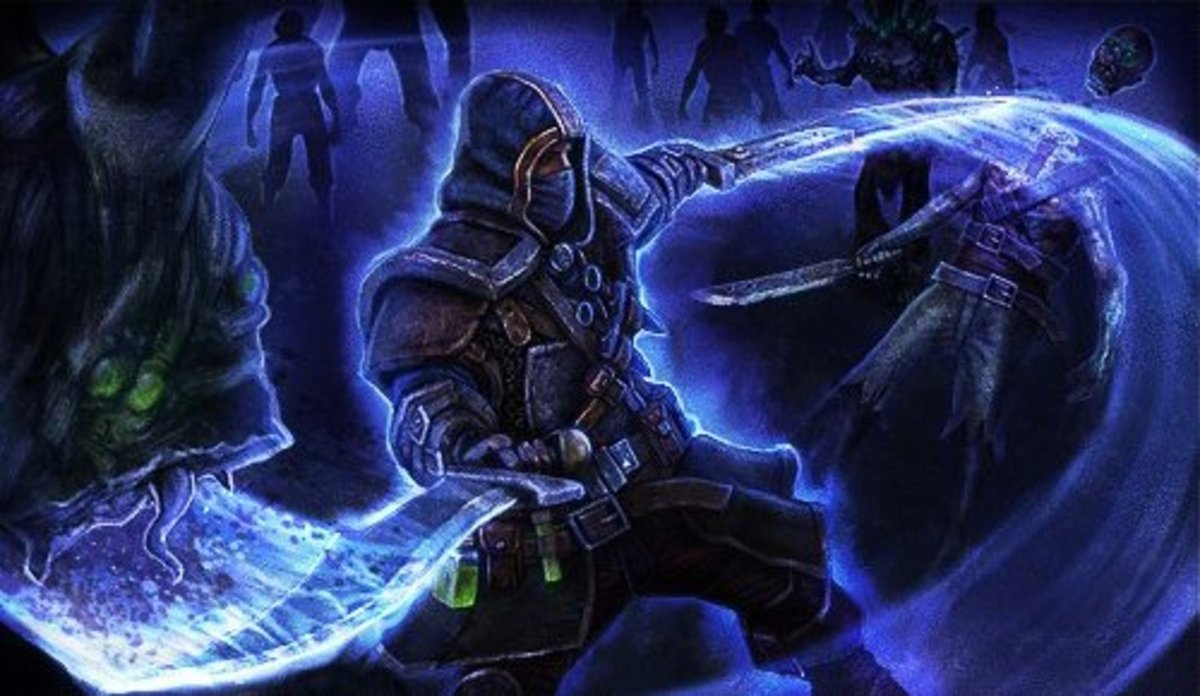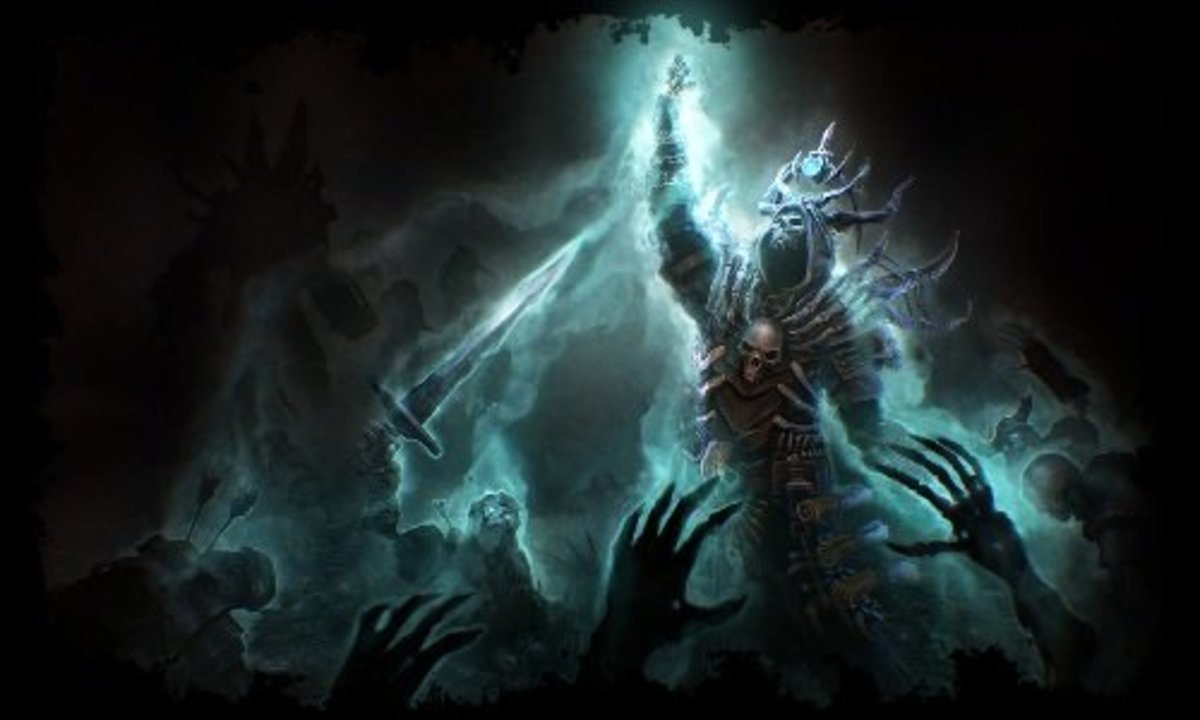Starcraft 2 Strategy Guide Part 1: Races
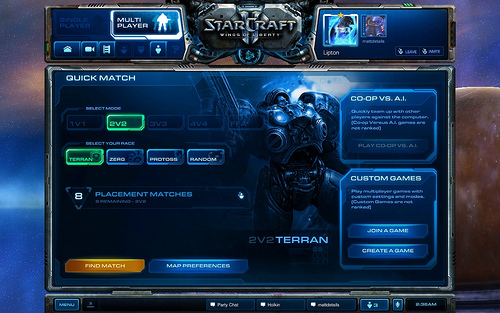
Welcome to Scila’s Starcraft 2 Strategy Guide! I’m a rank 5 Masters player (top 750~ in North America) and I want to tell you everything you need to know if you are just starting to play Starcraft 2 on Battle.net, or you are completely new. This is a multi-part guide broken down into several areas: part one focuses on races, part two focuses on actual gameplay, and the newest part three focuses on using and controlling units.
Part 1 - Races
So you purchased Starcraft 2: Wings of Liberty, and decided to try out the Multiplayer feature. You log onto Battle.net and go into the Multiplayer tab.
Choose your race
Your choices are Terran, Protoss, and Zerg. The fourth option is to have the server pick a random race out of the 3 for you. Let’s take a quick look at each race’s specialty and attributes.
The Terrans
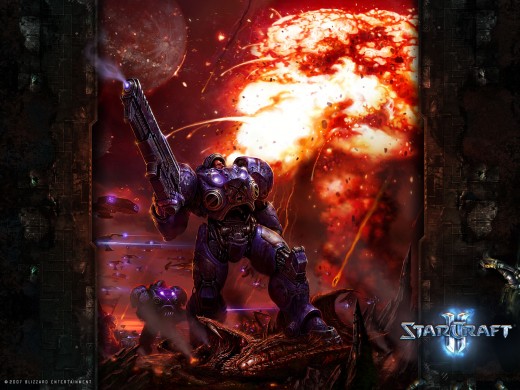
Terran Overview and Strengths
Terran – the terrans (i.e. humans) are generally the easiest race to play at the low league level, and the hardest to play at the high level (i.e. Diamond+). For this reason, I highly recommend that new players start out their multiplayer gaming as a terran; especially when you’ve already completed all or most of the campaign, and as such have some experience with them. The Terran excel in 2 major areas; they are incredibly adaptive (just like us! They are human after all), and provide you with the best defensive tools in the game. This means that the Terran are always ready for any kind of situation they are thrown into; your units, generally speaking, can fulfill a number of roles, and provide you with a “safety net” other races have to create a much larger unit composition for. If you take a look at the Terran’s first battle unit, the Marine, for instance, you will notice a number of things which highlight this adaptability. First off the marine is ranged and can attack both ground and air targets; this means that they can respond to both air and ground threats. Furthermore, the marine has a range of 5, which is quite good; this means that they can perform well versus both small-range and melee-range enemies. The Zerg and the Protoss fist battle units, on the other hand, are both melee, and as such can only attack from close proximity and cannot defend against air attacks.
The Marine - A Perfect Example of Terran Ingenuity
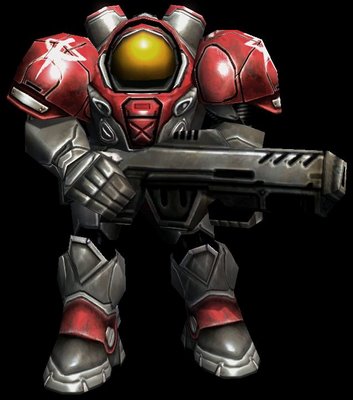
In terms of defensive capability, the Terran provide you with a multitude of options, which are all great for a new player who wants to play the game at a slower pace before they attack. First off, you get the ability to block off passage ways with Terran buildings. While the Protoss can do this as well, they have 1 huge disadvantage; they cannot “submerge” the buildings underground whenever they want to move through the chokepoint, unlike the Terrans. Furthermore, the Terran possess the best defensive unit in the game, the siege tank. The siege tank combines huge damage (50 in siege mode, compared to the 5-20 damage range of most early units), with a whopping range of 13, the longest in the game. Combine all this with the fact that the Terrans have the most ranged units, and you have a potent defense; 2 or 3 siege tanks with a bunch of infantry behind a Terran wall-off can hold off much larger enemy forces.
A typical Terran Wall-Off
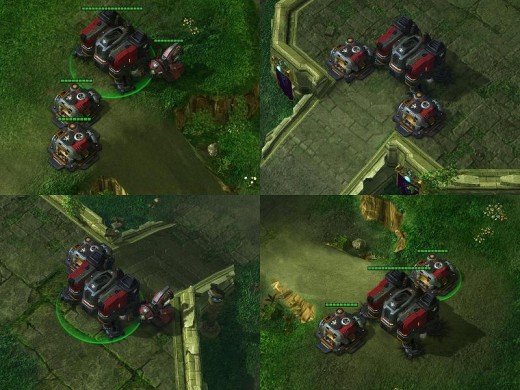
Major Attributes
- Average cost units/buildings
- Fragile (“Glass cannon”) units with strong ranged attacks
- Ability to “Lift Off” Buildings and put them down almost anywhere
- Ability to wall off areas
- Biological units can be healed; mechanical units can be repaired
The Protoss
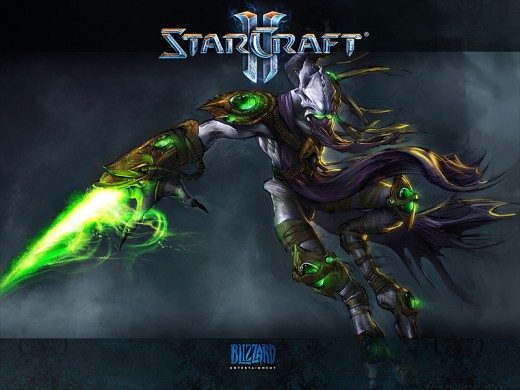
Protoss Overview and Strengths
Protoss – the Protoss are a highly advanced race of beings who wield considerable psionic power. The Protoss are the easiest race across all leagues, although, at the lower league levels, Terran can also be considered easier to play. While the Protoss do not have a clear specialty like the Terran, they are most well defined by having the most expensive, but also the most powerful units, as well as perhaps the best “logistics” (i.e. the ability to deploy units quickly and effectively) in the game. This can be shown by simply comparing their first battle unit, with that of the Zerg and the Terran. The zealot has an attack damage of 16, compared to the Marine’s 6 and the Zergling's 5. Furthermore, the zealot has a total hp pool of 150 (when combining 100 hp points with 50 shield points) to the Marine’s 45 and the Zergling’s 35. This seems like a huge advantage until you compare the price of each; the Zealot costs 100 minerals, whereas the Marine is only 50 and the Zergling 25 (2 Zerglings spawn from one 50 mineral larva). While this difference in unit strength is not as enormous as you move up in tiers, it is still quite noticeable. This means that every unit counts; you cannot risk losing anything unlike the other 2 races.
The Zealot - Expensive, but Powerful
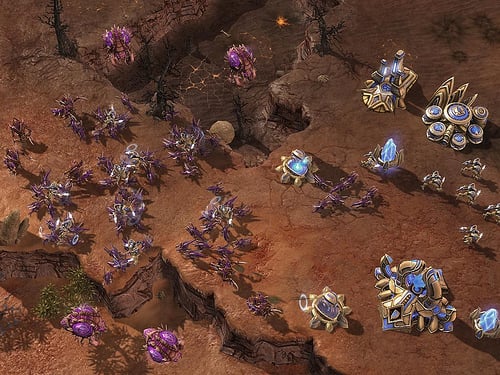
The second
area I wanted to talk about is logistics. First off, the Protoss can create new units the fastest when they upgrade their gateways to warpgates; where as the Terran and the Zerg have to wait for each unit to be produced, the Protoss can spawn units almost instantly, although this ability does have a cooldown. Furthermore, the Protoss have the ability to “warp
in” units anywhere on the map, whenever they possess a Pylon in the area. This
allows you to create a lot of surprise attacks, and respond to aggression very
quickly and effectively. For instance, you can sneak in a pylon early in the
game in your opponent’s base, and then warp in units right under his nose
without him even knowing until it’s too late. The video below shows you an example of this "proxy pylon" strategy.
Warp Gate Pylon Strategy
Major Attributes
- High cost units
- Strong units
- Powerful “caster” abilities (like Psionic Storm, which deals heavy damage in an area)
- Shields, which can regenerate quickly out of combat
The Zerg
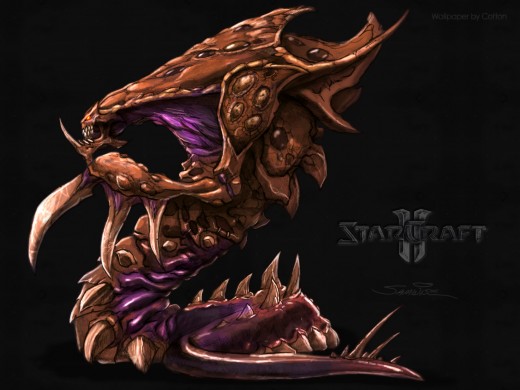
Zerg Overview and Strengths
Zerg – the Zerg are an insect-like race which are the most “primitive” out of the 3 Starcraft races. Their biggest strength lies in the ability to mass huge numbers of units at a cheap cost, and swarm the enemy, thus being a complete opposite to the highly advanced and expensive protoss units. The Zerg’s basic battle unit, for instance, costs only 50 minerals for 2 Zerglings. The Zerg are also adept at expanding very quickly over the map, due to both the cheap cost of their primary building, the Hatchery, and the spreading of “creep” (which is a biological substance which lines the ground, allowing Zerg buildings to live and Zerg units to move faster) from Zerg-inhabited areas. Zerg is generally considered the hardest race to play as a beginner (i.e., at the low league level), due to the more complex and demanding mechanics, such as creep injects, creep tumor spreading, and deciding when to make workers and when to build army units. At the higher levels of play, Zerg is considered mid-tier.
Zerg Swarm
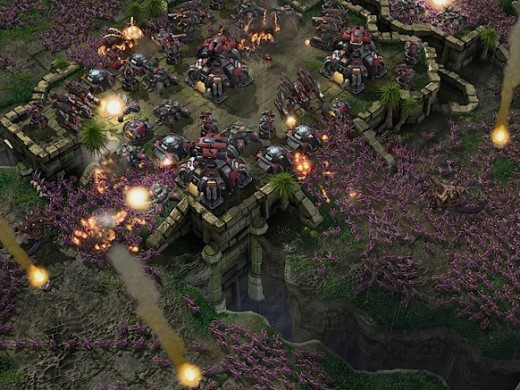
Major Attributes
- Low cost units
-
Generally weak/fragile units
- Most units are built at one building, the Hatchery
- All units/buildings slowly regenerate health when damaged
- Ability to burrow underground and thus become invisible with ground units
- Easiest to expand with, due to low Hatchery cost
Ready to begin playing?
Now that you have a basic understanding of each race, you can continue on to part 2 of my Starcraft 2 Strategy Guide, which focuses on actual Gameplay, with step by step instructions and tips.



